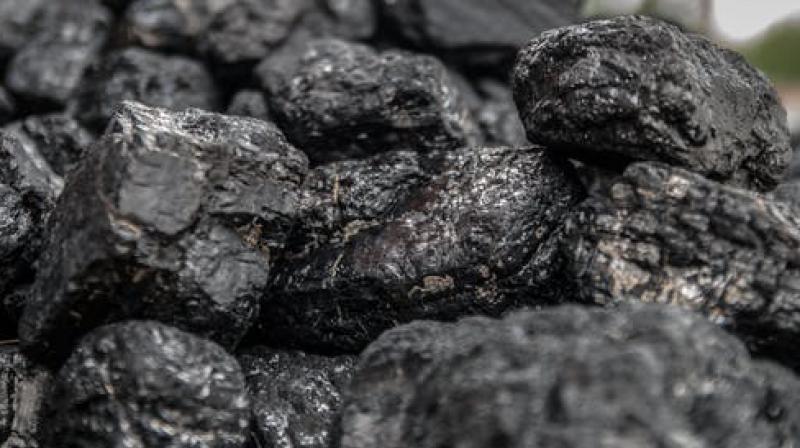Brown coal known to have antiviral properties
Substance in brown coal may aid in combating viruses.

Washington: Scientists have identified biologically active molecular components of humic substances extracted from coal, and discovered substances with antiviral activity against the tick-borne encephalitis virus. The study was published in the journal 'Scientific Reports'.
Natural multicomponent mixtures, such as humic substances found in soil, peat, and coal are a significant source of biologically active compounds. Understanding their composition and extracting active components can be a great help in creating new drugs. However, finding a specific compound in these environments is a highly challenging task that requires advanced methods capable of differentiating and separating one substance from another.
The study was jointly conducted by researchers at Skolkovo Institute of Science and Technology (Skoltech), M.P. Chumakov Federal Scientific Center for Research and Development of Immune-and-Biological Products of the RAS, and M.V. Lomonosov Moscow State University.
"We made an attempt at understanding the structural reasons behind the antiviral activity of the molecular components of humic substances. Aware that standard methods of complex mixture separation do not work for humic substances, we looked at some known structures matching the molecular compositions determinable by mass spectrometry and noticed that some structures correspond to compounds often extracted from natural sources, for example, flavonoids," said Alexander Zherebker, Research Scientist at Skoltech and one of the authors of the study.
"We undertook further mass spectrometry experiments, which suggest that there can indeed be a match between the types of structures we found in the databases and the molecular components of humic systems," Zherebker added.
The study revealed that humic substances inhibit the reproduction of a dangerous human pathogen, tick-borne encephalitis virus. The authors relied on high-resolution mass spectrometry to study the composition of humic samples and chemoinformatics to analyse their findings.
They compared the results against extensive databases of chemical compounds and identified the compounds' structural features which may be responsible for their virucidal activity. The data analysis results clearly attest to the importance of natural central fragments of flavonoids and polyphenols, two classes of natural compounds with wide-ranging biological activity.

